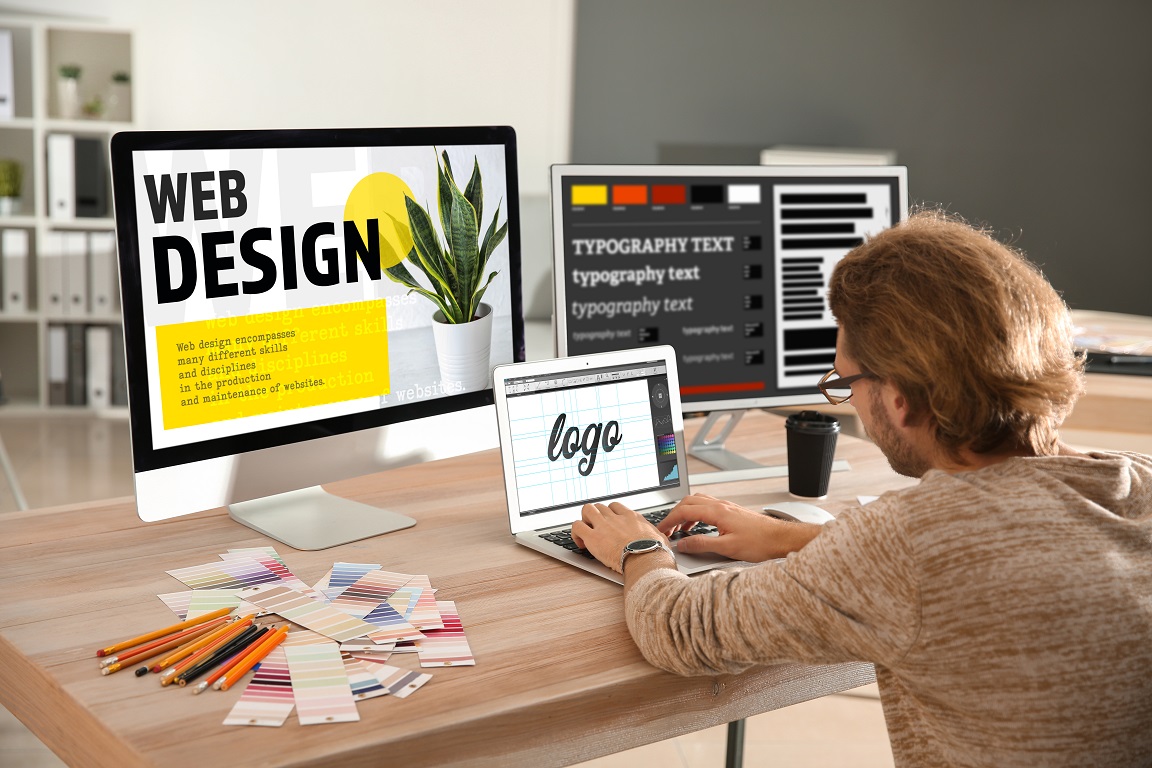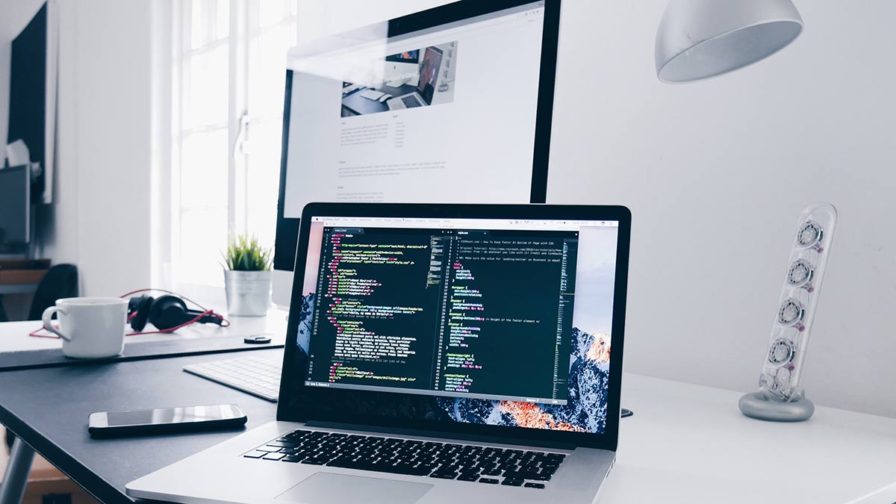The Ideal Types of Website Design to Enhance User Experience and Engagement
In the ever-evolving landscape of digital communication, the performance of website design considerably affects customer experience and interaction. Numerous layout techniques, such as minimal, receptive, and interactive designs, each offer unique advantages that can deal with varied individual demands. Recognizing which kinds of Web layout best offer these objectives can be pivotal for businesses intending to improve consumer fulfillment and retention. The question stays: which design elements truly resonate with users and foster meaningful involvement? The expedition of these principles discloses important understandings that might redefine your strategy to website design.
Minimalist Web Design
As electronic landscapes end up being progressively cluttered, minimalist website design has actually become a powerful approach to improving customer experience. This design ideology prioritizes simplicity, concentrating on crucial components while getting rid of unneeded disturbances. By making use of ample white space, uncomplicated navigating, and a limited shade combination, minimal style cultivates clarity and routes customer attention to key content.
The core concept of minimal website design is to create a seamless interaction for individuals. By lowering cognitive tons, customers can promptly grasp information without really feeling bewildered. This straight approach not only enhances functionality but additionally encourages interaction, as visitors are most likely to check out a website that is easy and visually enticing to navigate.
In addition, minimalist layout usually stresses typography and imagery, making use of these components purposefully to share messages efficiently. In essence, minimalist Web design is not simply a fad; it is a thoughtful methodology that identifies the relevance of user-centered layout.
Receptive Website Design
In today's varied digital environment, responsive Web style has actually come to be vital for creating a smooth individual experience across a wide range of tools. As users access web sites on smart devices, laptops, desktop computers, and tablet computers, the ability of a site to adjust its design and web content to different display sizes and resolutions is essential.
Receptive website design employs adaptable grids, photos, and CSS media queries to make sure that Web content exists efficiently, no matter of the tool used. This technique not only improves the aesthetic charm of a web site but additionally considerably boosts use. Customers are a lot more likely to engage with a website that supplies a regular experience, as it eliminates the irritation of having to zoom in or scroll exceedingly.
In addition, internet search engine, consisting of Google, focus on mobile-friendly web sites in search rankings. By taking on receptive design, services can improve their presence and get to a broader audience. This strategy also streamlines web site upkeep, as a solitary version of the website can provide to all tools, minimizing the requirement for several variations. In summary, responsive Web style is a fundamental technique that boosts customer experience, involvement, and total complete satisfaction.
Interactive Web Design
Receptive website design prepares for enhancing customer experience, yet interactive website design takes this an action even more by engaging customers in an extra dynamic method - Aligned Position Web Design. By including elements such as animations, clickable prototypes, and real-time feedback, interactive website design captivates users, attracting them into a richer surfing experience
This approach not only cultivates engagement but likewise encourages individuals to check out material proactively as opposed to passively consuming it. Methods such as gamification, where customers make incentives for finishing tasks, can considerably enhance the moment invested in a site and boost general complete satisfaction. Furthermore, interactive attributes can streamline complicated information, making it extra satisfying and absorbable.

Incorporating interactive style elements can also result in greater conversion prices, as users are most likely to involve with a site that proactively entails them. Aligned Position Web Design. Inevitably, interactive Web layout changes user experiences right into memorable trips, guaranteeing that visitors return time after time
Flat Design
Characterized by its minimalistic technique, level design highlights simpleness and capability, removing unneeded elements and concentrating on essential functions. This design ideology prioritizes functionality, making sure that users can navigate user interfaces with ease and efficiency. By using a tidy aesthetic, flat layout eliminates the clutter commonly located in a lot more ornate designs, thus enhancing customer concentrate on web content and functionality.
The hallmark of flat style depends on its use strong colors, simple typography, and geometric forms. These aspects contribute to a visually appealing i thought about this interface that is both friendly and modern. Additionally, flat layout promotes a sense of clearness, permitting individuals to discern vital activities and details without diversion.
Additionally, level layout is specifically effective in receptive Web layout, as its simpleness equates well throughout various tools and screen sizes. By focusing on vital functions, flat style not only fulfills customer demands however additionally urges seamless interaction, making it an important component of reliable Web layout strategies.
Flexible Website Design
Flexible website design personalizes the user experience by creating browse around this site several repaired layouts customized to different screen dimensions and gadgets. Unlike responsive layout, which fluidly readjusts a solitary design, flexible style utilizes distinct layouts for particular breakpoints, ensuring optimum discussion on different systems. This strategy enables designers to focus on the one-of-a-kind characteristics of each gadget, improving usability by delivering specifically what users require based on their context.
Among the main advantages of adaptive website design is its capability to enhance load times and performance. By offering customized content and images that fit the user's tool, internet sites can reduce information use and enhance loading speeds. This is particularly advantageous for customers with slower links or minimal data plans.

Furthermore, adaptive style facilitates an extra regulated and regular branding experience. Since developers produce multiple designs, they can make certain that the aesthetic elements line up with the brand name's identification throughout different platforms - Aligned Position Web Design. This causes a natural customer experience, improving engagement and advertising user retention
Verdict
Minimal style cultivates quality and focus, while responsive design makes certain flexibility across numerous devices, promoting availability. Collectively, these layout comes close to contribute to the development of user-friendly atmospheres that not just boost contentment however also drive other greater conversion rates, underscoring their crucial importance in modern Web style techniques.

Minimalist style promotes quality and focus, while receptive layout makes sure versatility across different tools, advertising availability. Jointly, these layout comes close to contribute to the creation of straightforward settings that not just improve fulfillment yet additionally drive greater conversion rates, underscoring their essential importance in contemporary Web design techniques.